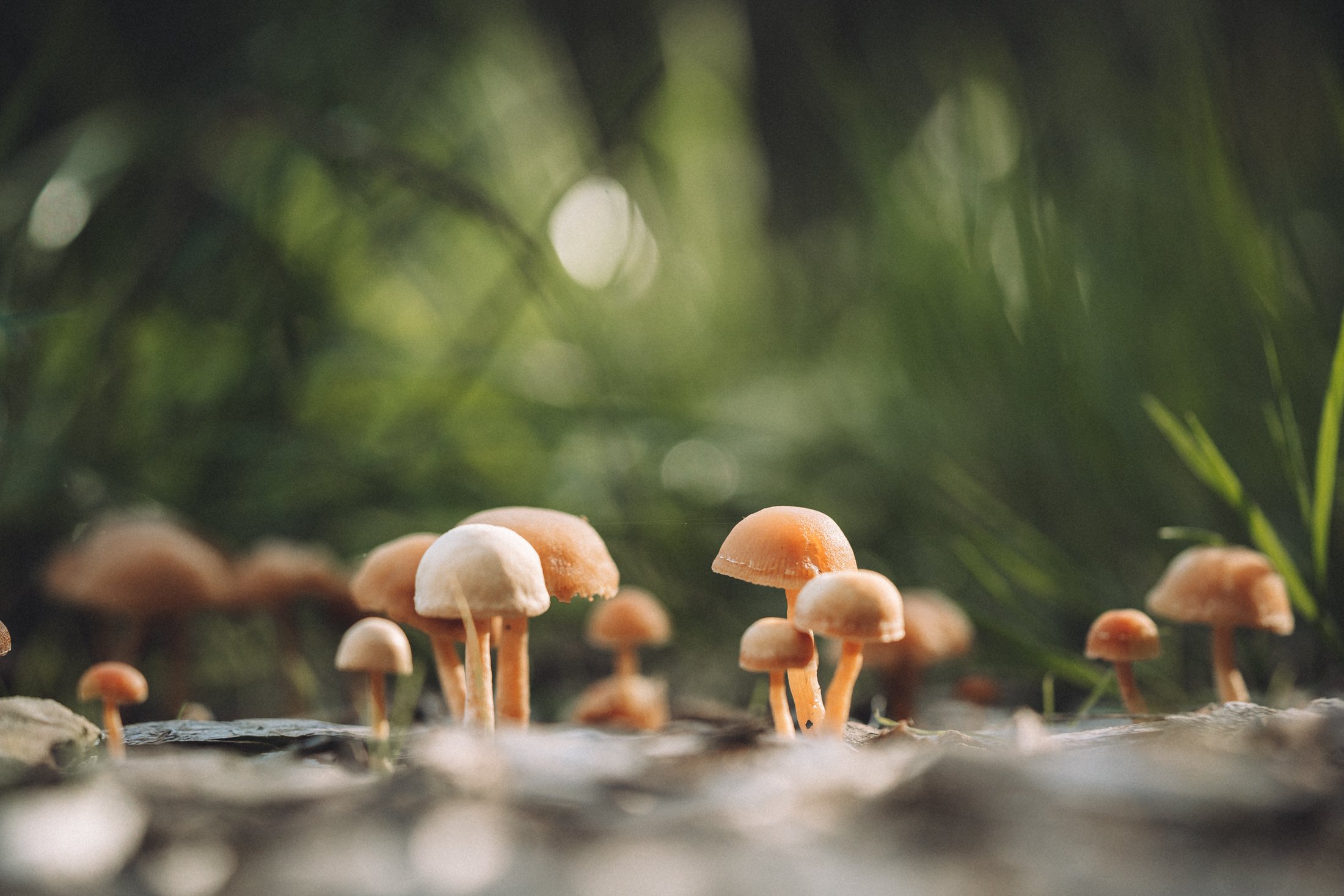The current state of affairs.
Here is the biggest nonsense nobody is talking about: there’s excess carbon in the atmosphere but a lack of carbon in the soil.
Did you know soil actually needs carbon to grow trees, plants and food? Did you know gigatons of carbon are supposed to be present in the soil in the form of carbohydrates and decomposing organic matter?
Well, this gigantic carbon reservoir is being released en masse into the atmosphere as we speak by modern agriculture practices such as compacting, tilling, spraying and leaving soil bare. On top of fossil fuel emissions.
Modern agriculture is also the biggest contributor to biodiversity loss, soil erosion and health issues like cancer and obesity due to the low quality of food produced. This is precisely why we believe the way we grow food is the single greatest challenge of our time to address.
There’s a solution though. A beautiful solution.
“CO2 excess and biodiversity extinction can be solved by changing the way we produce food.”
Restoring land.
The best way to remove carbon from the atmosphere and put it back into the soil is to use a wonderful, powerful, scalable and free carbon pump mechanism called photosynthesis.
Plants, with sunlight and water, perform photosynthesis. They pull in carbon from the air and turn it into carbohydrates and sugars. Then they pump some of those sugars down through the roots to feed microorganisms who use that carbon to build soil.
Most of us are familiar with planting trees as a solution. This is something we do too at Pachaland. Not by creating random forests, but by making sure selected species are native, diversified and wildlife-friendly. We create 100-year old forests in 10 years using a methodology called afforestation (inspired by Miyawaki).
But we don’t only plant trees. We grow food. Or more precisely, we develop projects which help grow food in a better way. We work on a series of Experiment and Startup projects to help farmers and market gardeners with their regenerative agriculture, agroforestry and permaculture practices.
More and more places are impacted by rainfall irregularities. Rains become less frequent, more intense, and tend to create more erosion than they used to. With intense rains, Pachaland gets flooded with nitrate-heavy water from upstream conventional farmland. We decided to build a network of ponds to filter the nitrate excess, and to grow pond weeds which will feed out of this nitrate. The weeds will later be used as fertiliser for our farm. Sepp Holzer’s principles and philosophy help us design our water retention landscape.

Nourishing Nature - so she can take care of us again.
Together.
We’re starting with a 4-hectare piece of land in Genappe, Belgium. Northern Europe doesn’t seem like a desert yet: its landscapes seem wet most of the year. However, early signs of desertification have arrived. Conventional farming has gradually killed our topsoil and started an endless cycle of life destruction and hopelessness. This has huge impacts on food availability, population health, and farmers’ ability to cope.
So what will our options be as individuals? Will we all eventually migrate higher up North while we watch the end happen? No. Here at Pachaland, we decided to put all our energy into giving back the planet its rights and its potential. We do it because we believe it will help bring back hope, life, beauty, better food, air and water. But we also (and mostly?) do it because it just seems right.
Some land restoration initiatives have popped up here and there these past years. But this is not happening fast enough. Most of them are counting on donations or other forms of public grants. If we really want this to happen large scale, we need to involve the economy.
We need to build new business enterprises whose only mission is to restore degraded landscapes. Pachaland hosts a number of initiatives focused on ecosystem restoration.
Come join us. There’s a chance you’ll go back home with a different type of energy and hope for the world.

